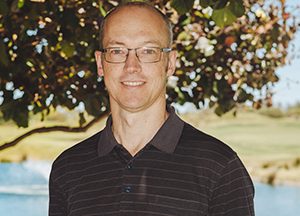
Co-author Prof Chris Vale leads FLEET’s ultra-cold atomic gas studies at Swinburne University of Technology
December’s edition of Nature Physics is dedicated to ultracold quantum technologies, including a review of spectroscopic probes of quantum gases by FLEET’s Chris Vale (Swinburne), with MIT’s Martin Zwierlein.
Ultracold gases are a laboratory for precision, many-body physics – delivering a wealth of insights into collective quantum phenomena, with direct implications for nuclear and condensed-matter physics.
Spectroscopic techniques can probe atomic and molecular gases with exquisite precision. In fact, our knowledge about the structure of virtually all matter is derived from spectroscopy. Vale and Zwierlein’s review discusses the wide array of methods that have been developed and applied to study many-body physics in ultracold gases.
“We describe how the tools developed over many decades of atomic physics research are now being applied in experiments with quantum gases, leading to quantitative insights into complex many-body quantum systems,” says Chris Vale. The article reviews radio-frequency spectroscopy, Ramsey interferometry, two-photon Bragg spectroscopy.
At FLEET, Prof Vale’ leads ultracold spectroscopy studies of topological phenomena in 2D gases of ultracold fermionic atoms, investigating cold atom implementations of Floquet topological superfluidity, nonequilibrium enhancements to the superconducting critical temperature and new forms of topological matter based on optically induced spin-orbit coupling in 2D atomic gases, in the Centre’s Research Theme 3.

